Big cats, such as lions, tigers, leopards, and cheetahs, are among the most majestic animals on Earth. However, these apex predators face numerous threats, including habitat loss, poaching, and human-wildlife conflict. Thankfully, conservationists are dedicated to ensuring the survival of these iconic creatures. Through innovative strategies, community engagement, and global collaboration, conservationists are making significant strides in protecting big cats. This article delves into the various ways these efforts are helping to safeguard the future of big cats.
Understanding the Threats to Big Cats

Big cats are encountering a variety of challenges that threaten their existence. Habitat destruction due to agriculture, urban development, and deforestation has greatly diminished their natural territories. Moreover, illegal poaching for fur, bones, and other body parts has intensified. Meanwhile, conflicts with humans, often resulting from the predation of livestock, have further endangered these feline relatives. Recognizing these threats is the first step in crafting effective conservation strategies.
Establishing Protected Areas
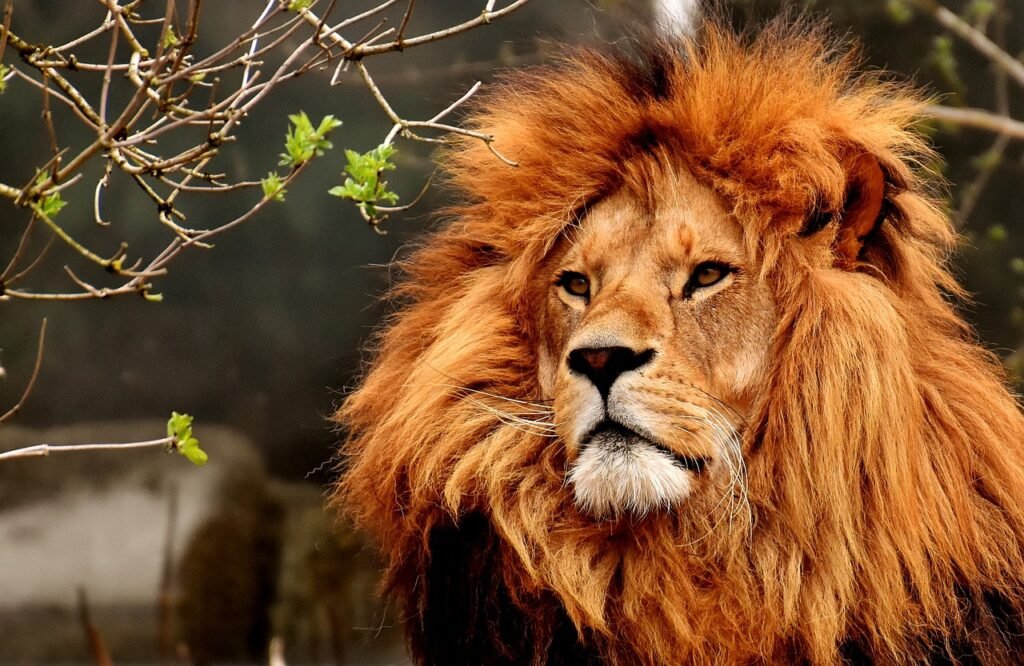
A primary strategy in conserving big cats involves the establishment of protected areas. National parks and wildlife reserves provide safe havens where big cats can hunt, breed, and roam without the threat of human encroachment. By designating these areas as protected land, governments and conservation groups help maintain ecosystems that support the survival of big cats and other wildlife.
Anti-Poaching Initiatives
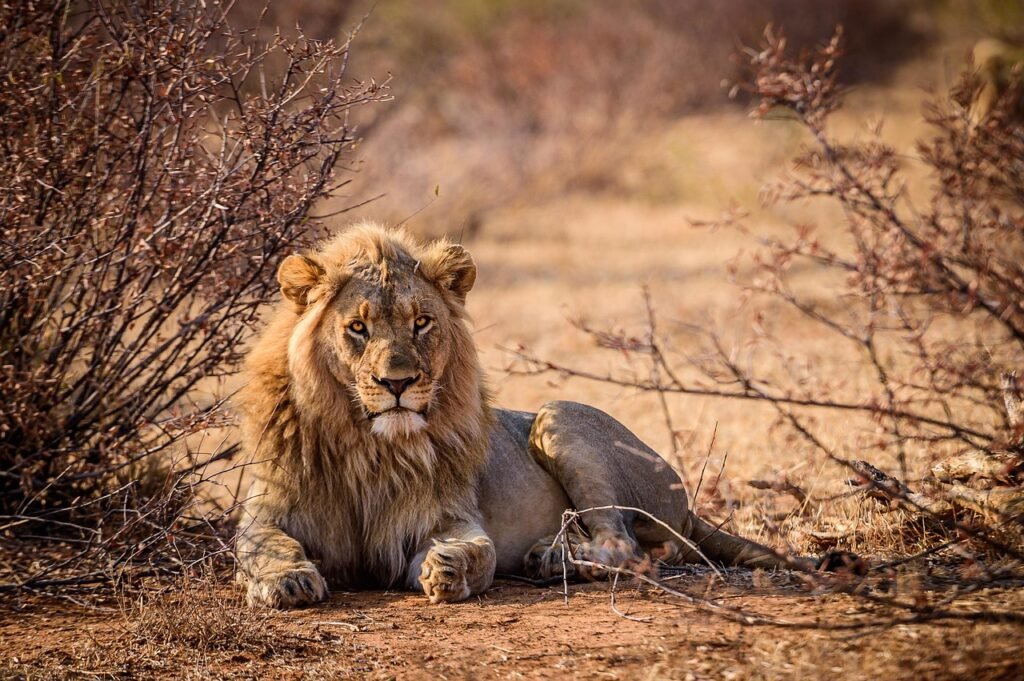
To combat poaching, conservationists are employing a range of strategies. This includes increased patrolling of protected areas, use of technology such as drones and camera traps, and stronger enforcement of wildlife protection laws. By cracking down on illegal activities and dismantling poaching networks, conservationists are significantly reducing the number of big cats lost to this illegal trade.
Community Involvement
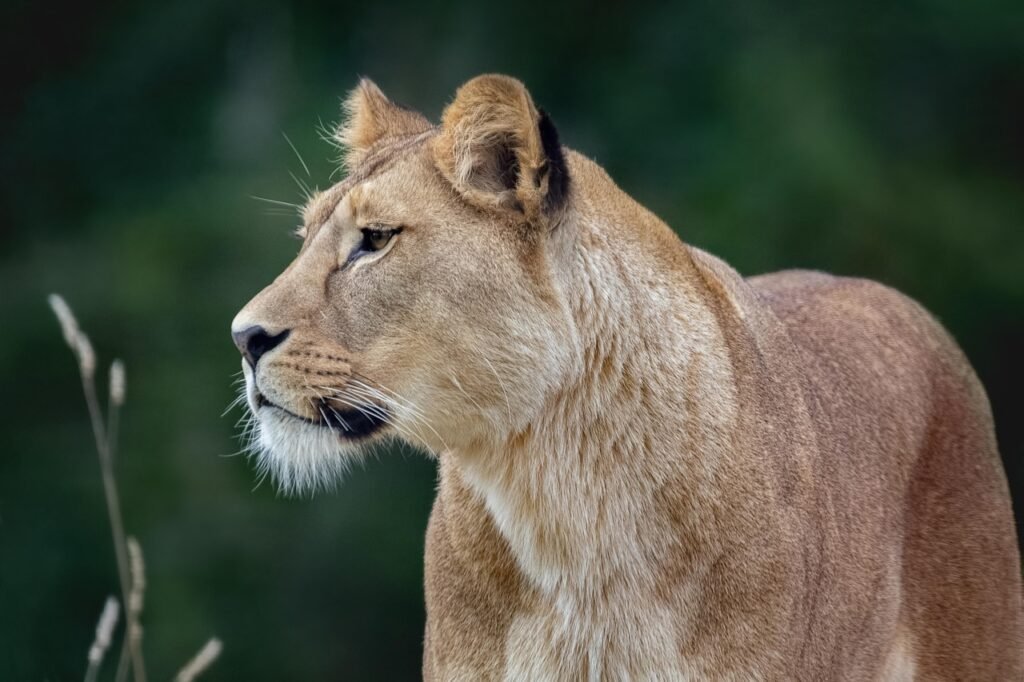
Local communities often live in close proximity to big cat habitats, making their involvement crucial in conservation efforts. By fostering community-based conservation programs, residents are encouraged to participate in the protection of wildlife. These initiatives often include educational programs about the importance of big cats to ecosystems, as well as economic incentives such as eco-tourism opportunities that can provide financial benefits to local communities.
Scientific Research and Monitoring
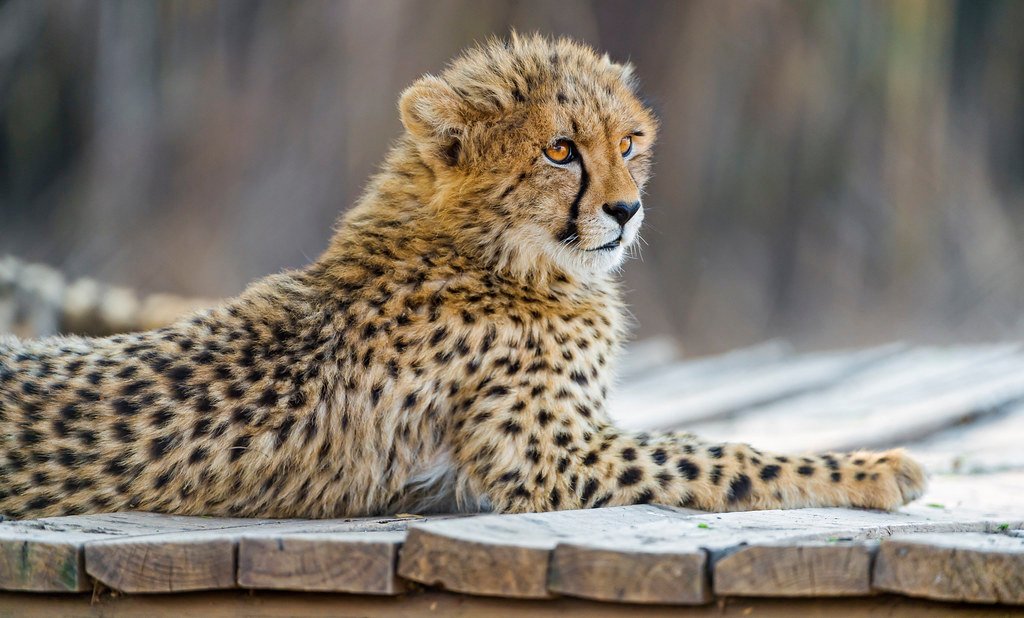
Research is vital in understanding the behavior, genetics, and health of big cat populations. Conservationists are conducting studies on population dynamics, movement patterns, and genetic diversity to inform their efforts. By monitoring big cat populations through GPS tracking collars and other technologies, scientists can gather valuable data that aids in crafting strategic conservation plans.
Conflict Mitigation Strategies
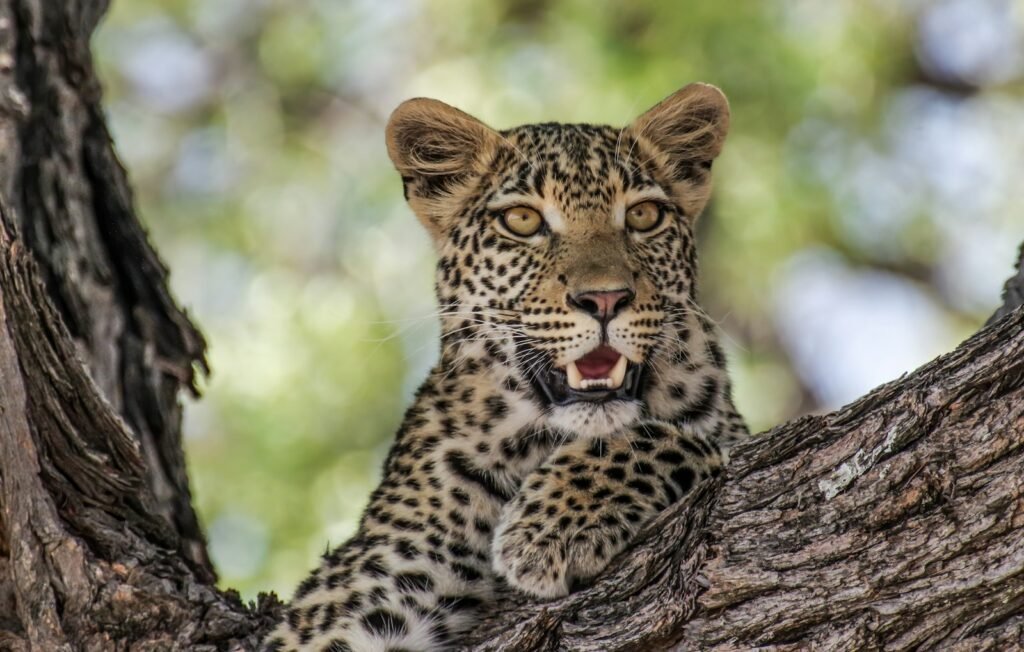
Human-wildlife conflict often arises when big cats prey on livestock, leading to retaliatory killings by farmers. To mitigate this, conservationists are developing strategies such as the use of predator-proof enclosures and livestock-guarding animals. Compensatory schemes, where farmers receive financial remuneration for lost livestock, also help reduce conflict.
Cross-Border Collaboration
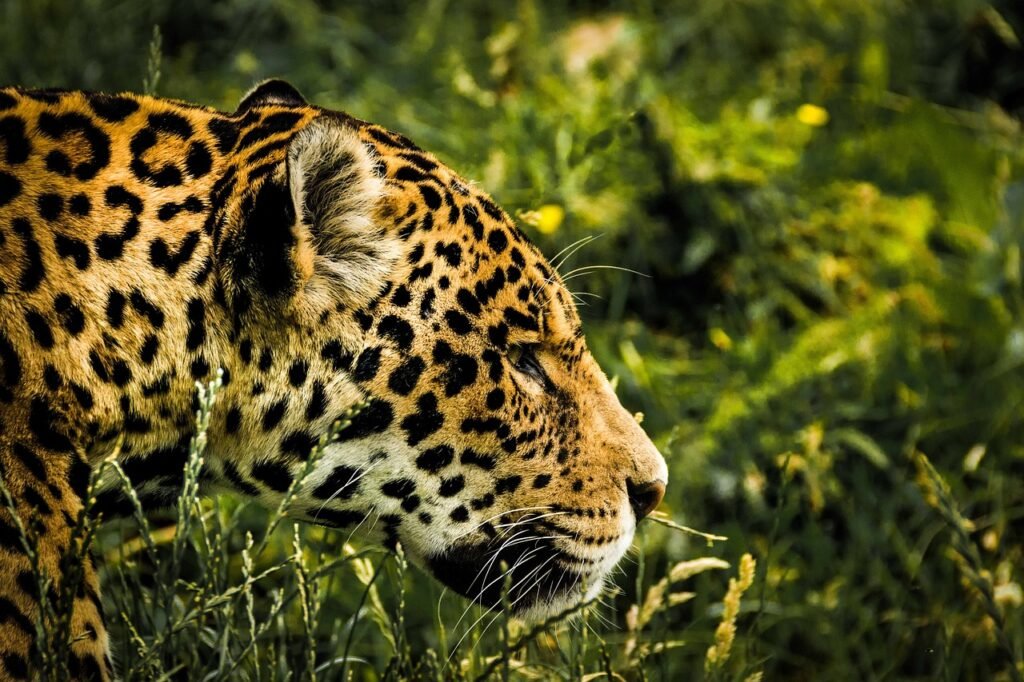
Big cats often roam across national borders, necessitating international cooperation for effective conservation. Transboundary conservation initiatives focus on coordinated protection efforts that transcend political boundaries. These collaborations involve shared research, harmonized policies, and joint monitoring to ensure a holistic approach to big cat conservation.
Education and Awareness Campaigns
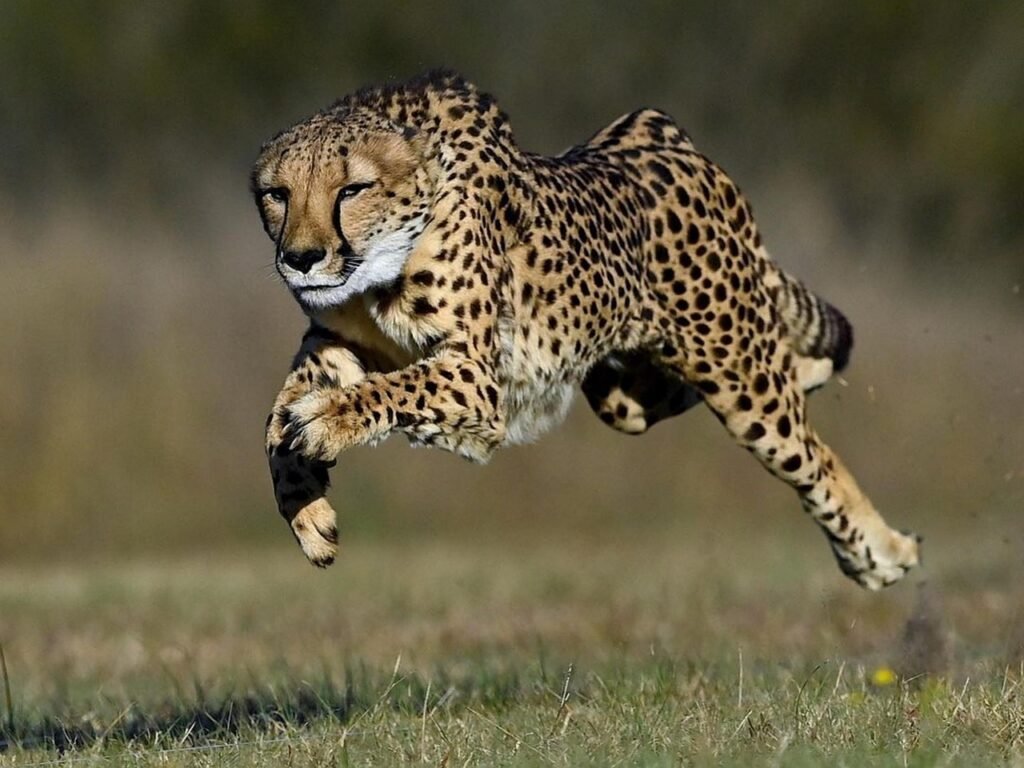
Public awareness is essential in garnering support for big cat conservation. Education campaigns inform and inspire people about the importance of protecting these magnificent creatures. By highlighting the ecological roles of big cats and the threats they face, conservationists can cultivate a global community of advocates committed to preserving these species for future generations.
Technology and Innovation
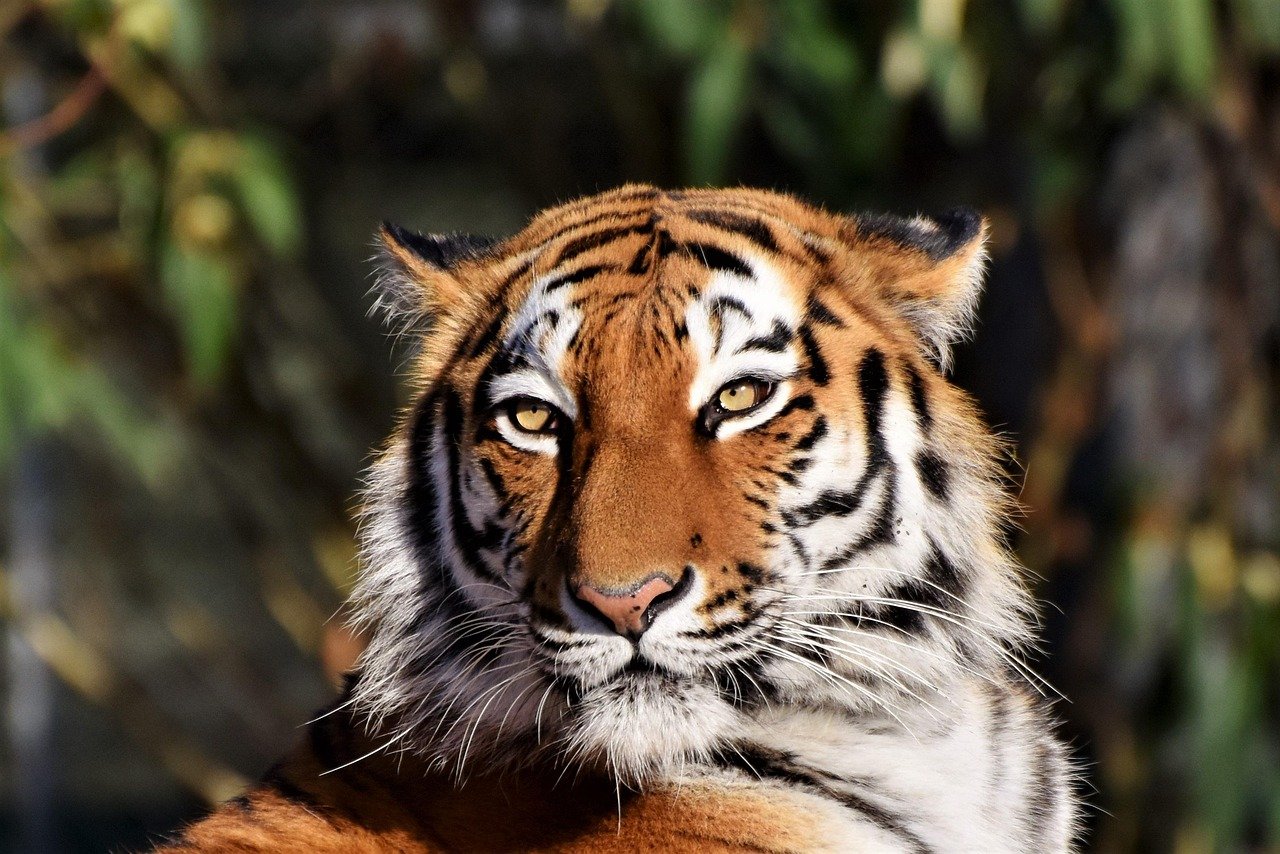
The advent of technology has been a game-changer in conservation efforts. Innovative tools such as remote cameras, satellite imagery, and DNA analysis provide conservationists with unprecedented insights into big cat ecology. These technologies facilitate more efficient and effective conservation strategies by providing real-time data and predictive models that enhance decision-making processes.
Success Stories and Impact

Progress is being made, as exemplified by several success stories. For instance, the conservation program of the Indian Tiger has seen population stabilization due to dedicated efforts. Similarly, the rehabilitation and rewilding of the Asiatic cheetah have shown promise. These success stories underscore the effectiveness of coordinated conservation efforts, inspiring continued action.
In conclusion, the survival of big cats depends on the collective efforts of conservationists, governments, local communities, and global citizens. Through innovative strategies, enhanced protection measures, and widespread awareness, these majestic animals stand a fighting chance. By working together, we ensure that big cats continue to roam the wild, maintaining the ecological balance and captivating the hearts of people worldwide.
Hi, I’m Bola, a passionate writer and creative strategist with a knack for crafting compelling content that educates, inspires, and connects. Over the years, I’ve honed my skills across various writing fields, including content creation, copywriting, online course development, and video scriptwriting.
When I’m not at my desk, you’ll find me exploring new ideas, reading books, or brainstorming creative ways to solve challenges. I believe that words have the power to transform, and I’m here to help you leverage that power for success.
Thanks for stopping by, Keep coming to this website to checkout new articles form me. You’d always love it!





